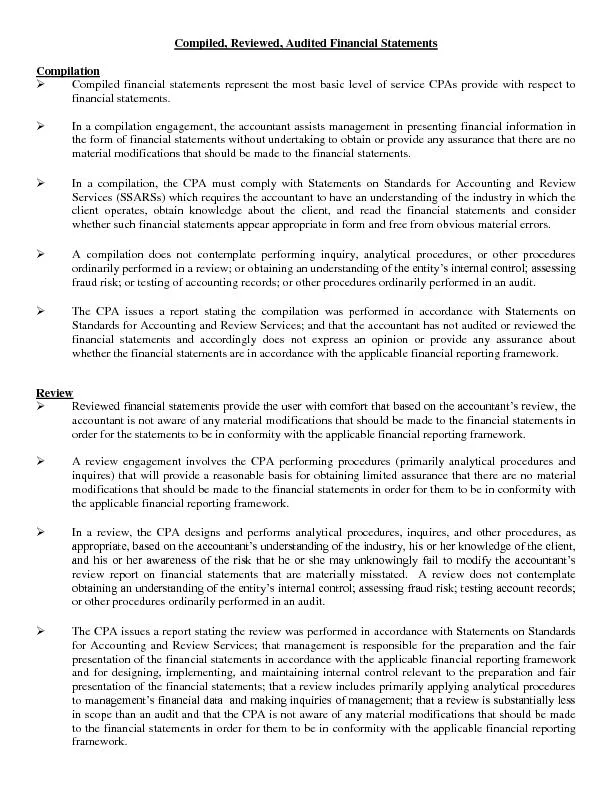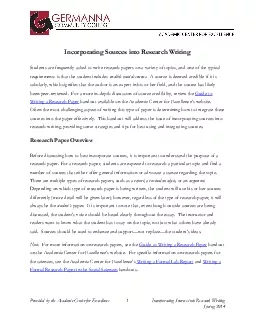PDF-Data compiled from various sources and provided courtesy of the Centra
Author : danika-pritchard | Published Date : 2015-07-31
wwwcentrallouisianaorchidsocietyorg Native Orchid of the Month x2014 June Epidendrum magnoliae green fly orchid Epidendrum magnolia e the green fly orchid is encountered
Presentation Embed Code
Download Presentation
Download Presentation The PPT/PDF document "Data compiled from various sources and p..." is the property of its rightful owner. Permission is granted to download and print the materials on this website for personal, non-commercial use only, and to display it on your personal computer provided you do not modify the materials and that you retain all copyright notices contained in the materials. By downloading content from our website, you accept the terms of this agreement.
Data compiled from various sources and provided courtesy of the Centra: Transcript
Download Rules Of Document
"Data compiled from various sources and provided courtesy of the Centra"The content belongs to its owner. You may download and print it for personal use, without modification, and keep all copyright notices. By downloading, you agree to these terms.
Related Documents














